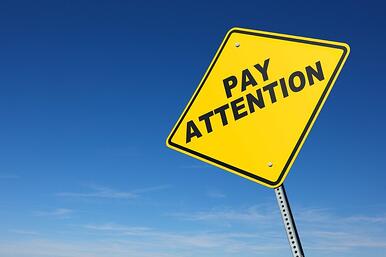
The person sitting next to you on the plane is a total stranger, yet after an hour of conversation, you feel like know him/her better than someone you’ve worked with for years. You wind up discussing some family issue or long-ago setback even your friends don’t know. What’s going on here?
Psychologists call it the “Stranger on the Train Effect,” a suspension of the normal rules of revelation, because what you say to a stranger can’t come back to haunt you. It’s a kind of Vulcan mind-meld minus the lobster-like pincer move to the shoulder. We get to the nub quickly when we’re traveling, since there’s limited time and no need to fear blowback from what we say. If you’ve ever experienced this phenomenon, you know it’s possible to get below the surface with folks very quickly, something we all have a need to do.
One of our core needs is “relatedness,” say researchers. We need to have close connections with others. When we do, that’s gratifying. We feel energized. Listened to. Valued by someone. A part of something.
That’s true not just outside the job, but also at work, where strangers can be less so when there are more opportunities to communicate beyond the usual game face and grunts. Granted, the revelation parameters are a lot different at work, where comments do have an afterlife, but the same need to connect exists at the office—and managers who understand this can get a big payoff in the form of engaged staff.
Engaged employees are 28% more productive than their colleagues. Employee engagement means someone is self-generating extra effort and vitality. It doesn’t come from being told to get fired up. Engagement is a two-way street, and requires communication and trust flowing in both directions.
This is a delicate topic at most organizations. People tend to be at their most guarded in a realm that controls their paycheck and promotions. Yet the trust that fuels engagement can only come when people feel they have an opportunity to be heard. Survey scores at most organizations are low when it comes to staff believing they have a voice. That’s another way of saying involvement is low, which means so is engagement.
Without a voice, there’s a sense of exclusion, which doesn’t make people feel valued, the critical factor in engagement. Exclusion promotes the opposite of the proaction necessary for engagement. What does spark self-initiative is inclusion. The research shows that when employees feel a part of the mix, free to contribute and even offer countering views, engagement soars. When more voices are heard, money is saved too. Ernst & Young saved $15 million in one initiative that sought out everyone’s suggestions on better ways to work.
How can more employees find the voice of engagement? It starts with more conversations between leaders and staff; not more meetings, but personal conversations that recognize people for what they’re doing well, asking them to set high goals, and relying on them to self-assess progress. Allow people to express how they feel about a certain task. Even if there’s nothing that can be done to change it, the mere fact of discussion helps build trust.
Being able to talk about what’s working or not keeps resentments from building up and creates a spirit of inclusion. That increases the sense that an employee is valued, and it can help surface better ways of doing things that build employee competence, another core need.
Trust is a reciprocal affair. You don’t get it unless you give it. I see that on my local basketball team, the Los Angeles Lakers. The leader of the team, all-star Kobe Bryant, is inclined to do it all himself, but the stats show that when he doesn’t score as much and shares the ball with teammates, the team has a much better record.
When we give up the ball more, the evidence shows more self-responsibility is taken, more communicating takes place. Research by Harvard’s Leslie Perlow has shown that dialogue within teams can increase productivity and effectiveness, but also something more: commitment. Talent wants to hang around when their voices and issues are heard and occasionally acted upon.
You don’t have to be a Vulcan to be on a better page with colleagues, but getting beneath the usual small talk to promote more relatedness isn’t that hard. Be more interested in others. Ask about their lives, their cycling club, or dance lessons. When we know more about the individual needs and lives of our colleagues, the sharing builds better teams, provides more support when we need it, and promotes better work-life balance for all.
Engaged employees are a part of the solution. If you'd like to find out how an employee engagement program can build involvement in your organization, click the button below.



















